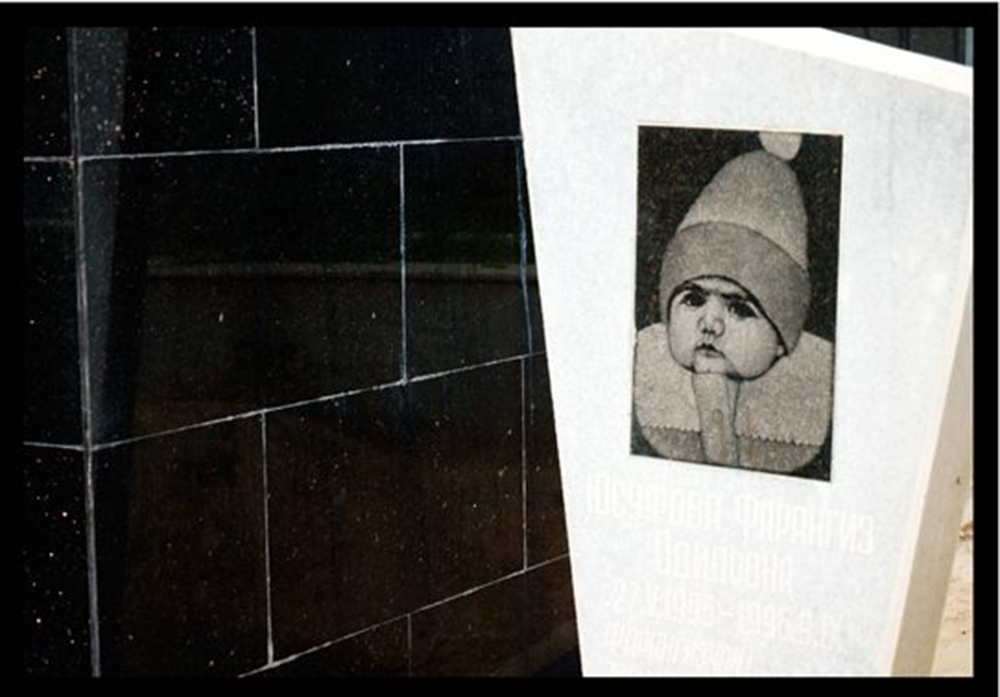Liz Lung Sze | Contributor
Featured image: Student’s exhibit looks at how death is represented and dealt with in different cultures. | Courtesy of Courtney Fairweather
“Forget me not.”
Three prominent words stood out in the photographs depicted in cross-stitching on the walls of The Gales Gallery in Accolade West. Those were the first images that greeted visitors when they first entered Courtney Fairweather’s exhibit, All Creatures, that concluded on October 13.
The photographs depicted how humans create expressions that become meaningful and prominent in society through constant usage. They brought to mind the thought of humanity’s strong desire to be remembered for their life achievements, as many fear of being forgotten with the passing of time.
This common fear culminated in photographs of gravestones, raising to the consciousness the ironic societal view of death.
Cultures around the world mourn passing in different ways, yet the symbolism of immortalizing one’s life into something concrete and tangible such as grave markers and memorials are constant through many cultures. Perhaps this is done so the living will see the inscribed words or photos and recall them so that they essentially “live” forever.
All Creatures forced visitors to critically examine how death is represented and constructed in “society through euphemisms and photography. The exhibit visually highlighted society’s linguistic tendency to bury death under fancy, meaningless words that allude to death. It also succeeded in capturing how different cultures and societies experience and deal with death.
Photographs that depicted animals that died from various causes, such as decapitation and starvation, throughout the exhibit showed how humans categorize the value of different life forms. It illustrated how society often assumes what nature creates can be taken without question or care. Is the life of a human being more important than that of animals and plants? How can this be determined?
All Creatures succeeded in challenging visitors to, at the very least, attempt to openly acknowledge the existence of death in their everyday lives and not blind themselves simply because the idea of being dead unsettles them. This aversion to death is not new; some visitors walked right out of the exhibit without much pause. We need to question why such strong reactions to these photographs arise and how the notion of dying has become a taboo in our society.
Each photograph evoked a feeling of melancholy when one reflects upon the fact that they will have to experience the same thing at some point in life.
A strange sense of detachment also arises, as one does not have any personal attachments to the dead. Yet, the impressions of the departed remain strong even after exiting the exhibit.
Avoiding a taboo topic does not make it die. While questions concerning death may never have a definite answer, they should still be considered, as the aim of All Creatures was to bring into light the morbid aspects of life before and after death.


